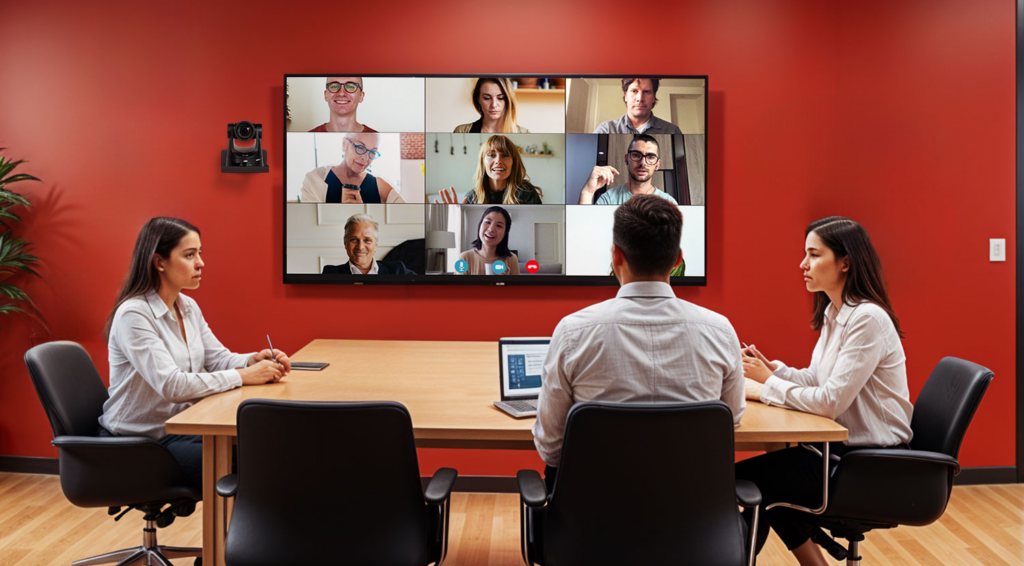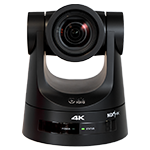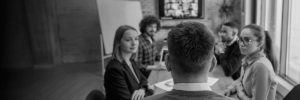Cameras for low-light meeting rooms
When it comes to equipping a meeting room with a video conferencing camera, one of the most common challenges is the lack of light. Not all offices have professional lighting, and natural light is often insufficient or variable. Therefore, choosing a camera that works well in low-light conditions is key to ensuring productive meetings and a professional image.
Here we explain what technical features a good camera for low-light environments should have, and answer some of the most frequently asked questions.

Why is a good camera important in low-light rooms?
A low-quality camera in a dark environment can generate images with noise, distorted colors or blurred faces, which negatively affects the video conferencing experience. It can also cause eyestrain for participants and convey an unprofessional image of your company.
Key features of low-light cameras
- Low-Light Sensitivity: Look for cameras with sensors capable of operating at low lux levels (e.g., 0.1 lux or less). The lower the minimum lux value required, the better the low-light performance.
-Large image sensor: A larger sensor, such as a 1/2.5" or larger CMOSallows more light to be captured, improving image quality without the need for additional illumination. This results in truer colors and better definition even in dark environments.
3D Digital Noise Reduction (3D DNR) technology: 3D Digital Noise Reduction (3D DNR ) cameras significantly improve image clarity in low-light environments, eliminating the "grain" that often appears in dark scenes.
- Wide aperture lens (f/1.8 or smaller): A larger aperture allows more light to enter the sensor. Lenses with apertures of f/1.8 or even f/1.6 are ideal for maximizing performance in difficult lighting conditions.
- Back Light Compensation (BLC) and Wide Dynamic Range (WDR): These technologies help to balance exposure in environments where there are strong contrasts between bright and dark areas. WDR (Wide Dynamic Range), for example, ensures that faces are not dark even when there is a brightly lit window behind them.
- Autofocus and automatic white balance: In low light conditions, a camera with fast and accurate autofocus and automatic white balance ensures that images are not blurred or artificially colored.
Do you have any further questions?
What type of camera is best for rooms without windows or with weak artificial light?
The best choices are cameras with large sensors, good light sensitivity (low lux) and technologies such as WDR and 3D DNR. These elements allow the camera to "see" better in dark environments without the need to add external lights.
Is a 4K camera better in low light?
Adjusting the room lighting may be a temporary solution. Using soft, diffused LED light in front of the face greatly improves quality. However, if the camera does not perform well in low light, the results will still be limited.
Conclusion: What to look for in a low-light room camera
If your meeting room has lighting problems, the most important thing is to choose a camera with:
- High light sensitivity (low lux).
- Large sensor (CMOS 1/2.5" or larger).
- 3D DNR and WDR technology.
- Large aperture lens
- Autofocus and automatic white balance.
These features make a difference in image quality, even in the most challenging conditions.
Do you have doubts about which camera is best suited to your room? Contact us HERE and one of our technical advisors will analyze the conditions of your space to recommend the most suitable solution.




